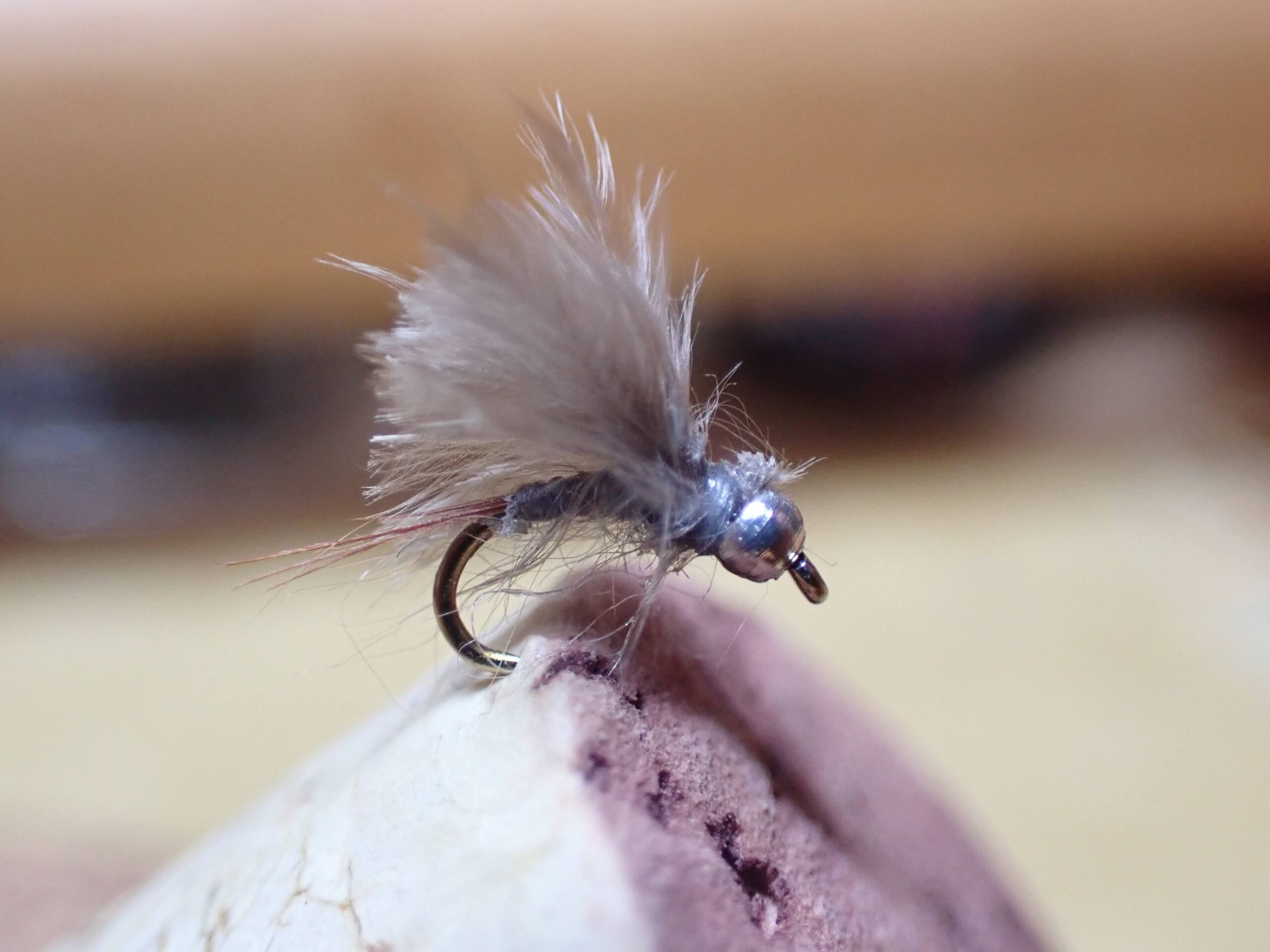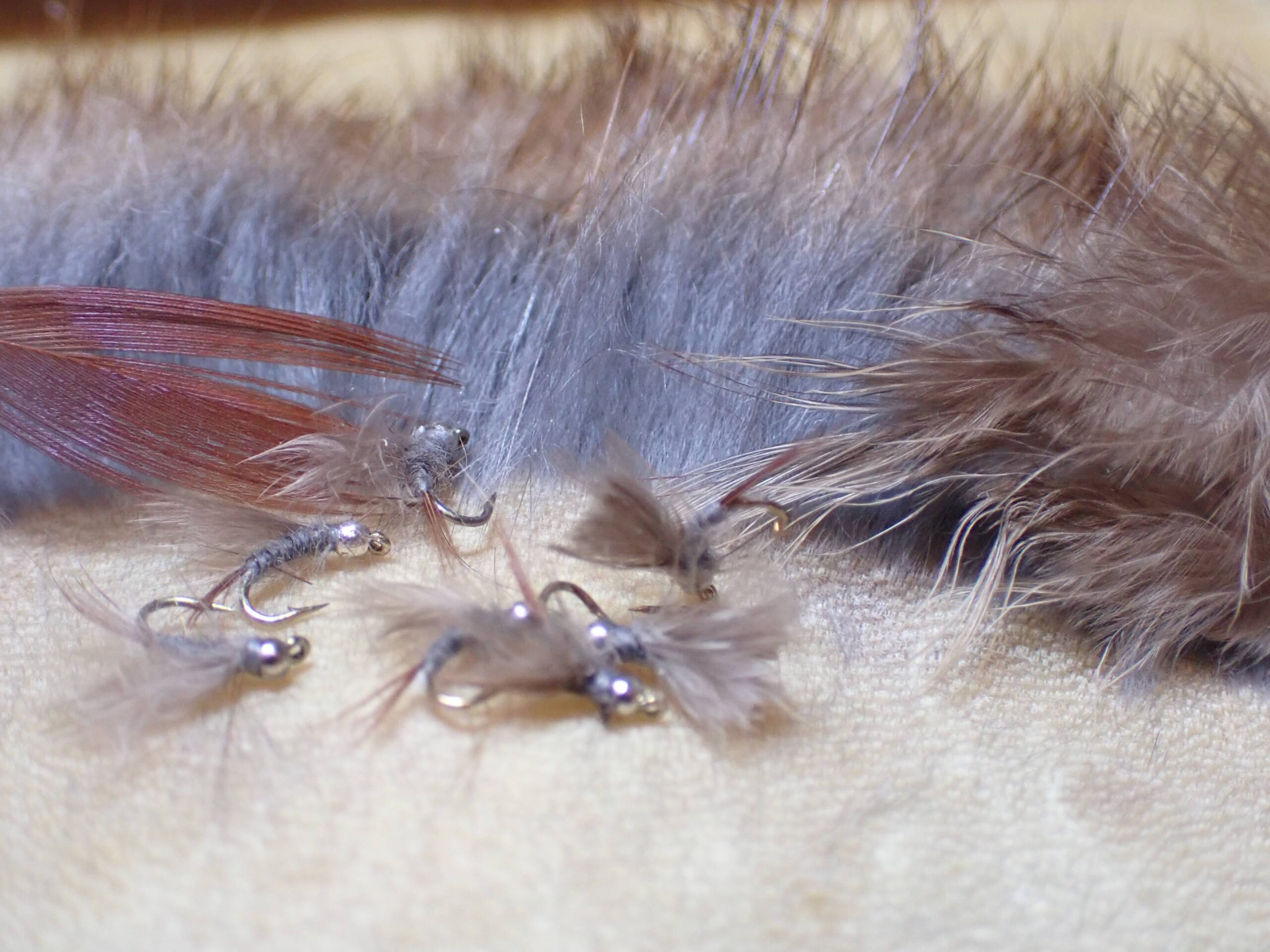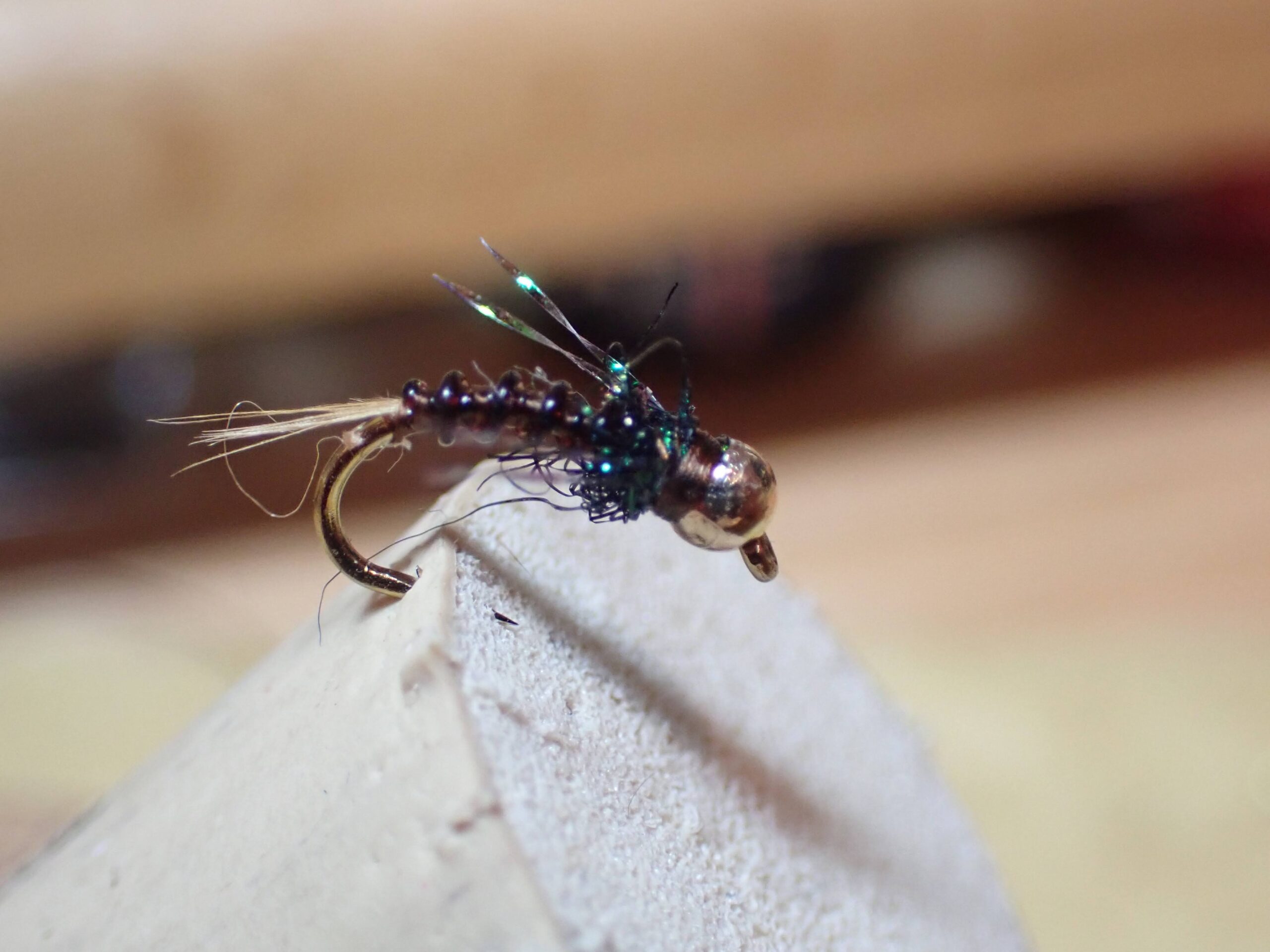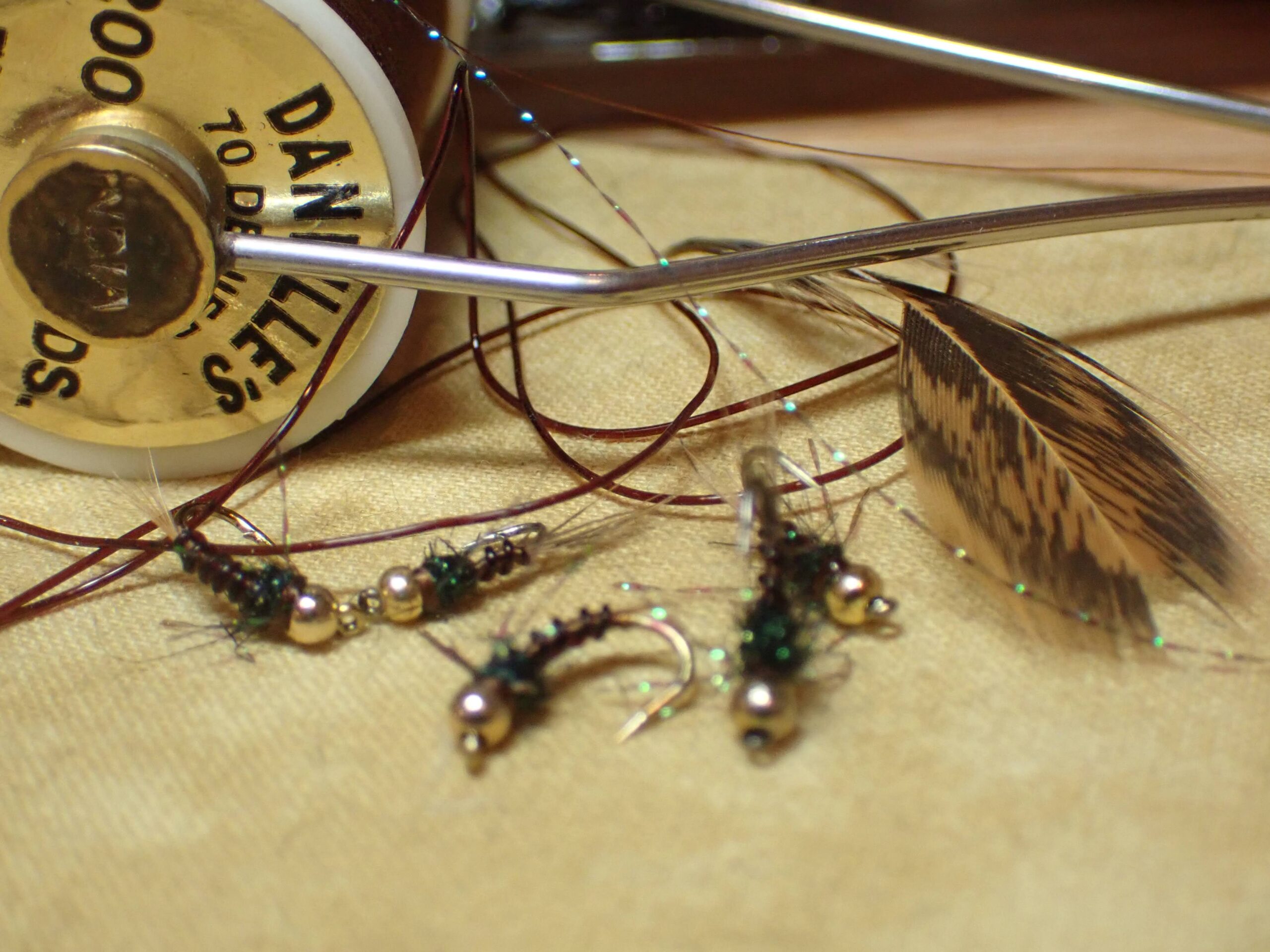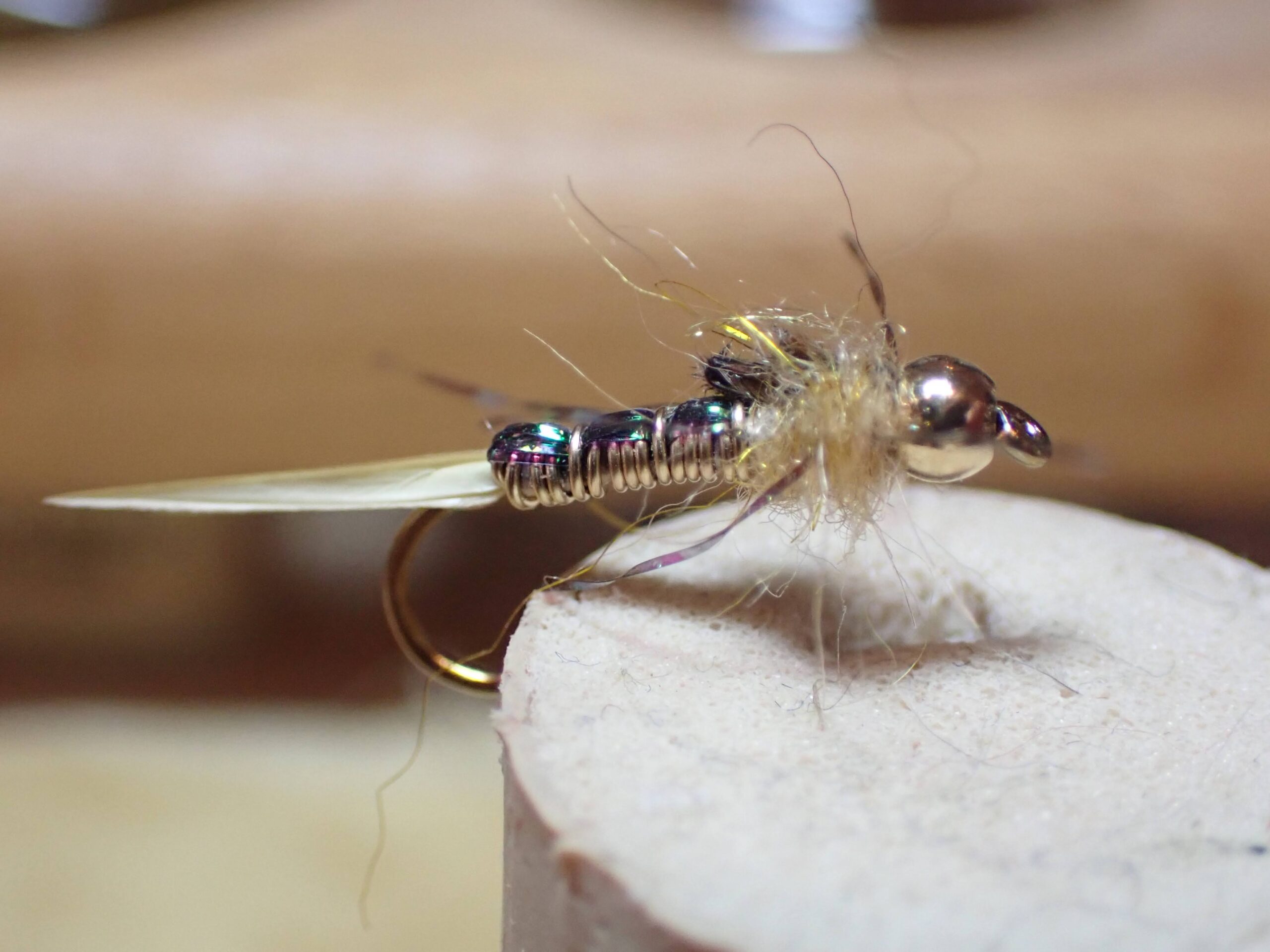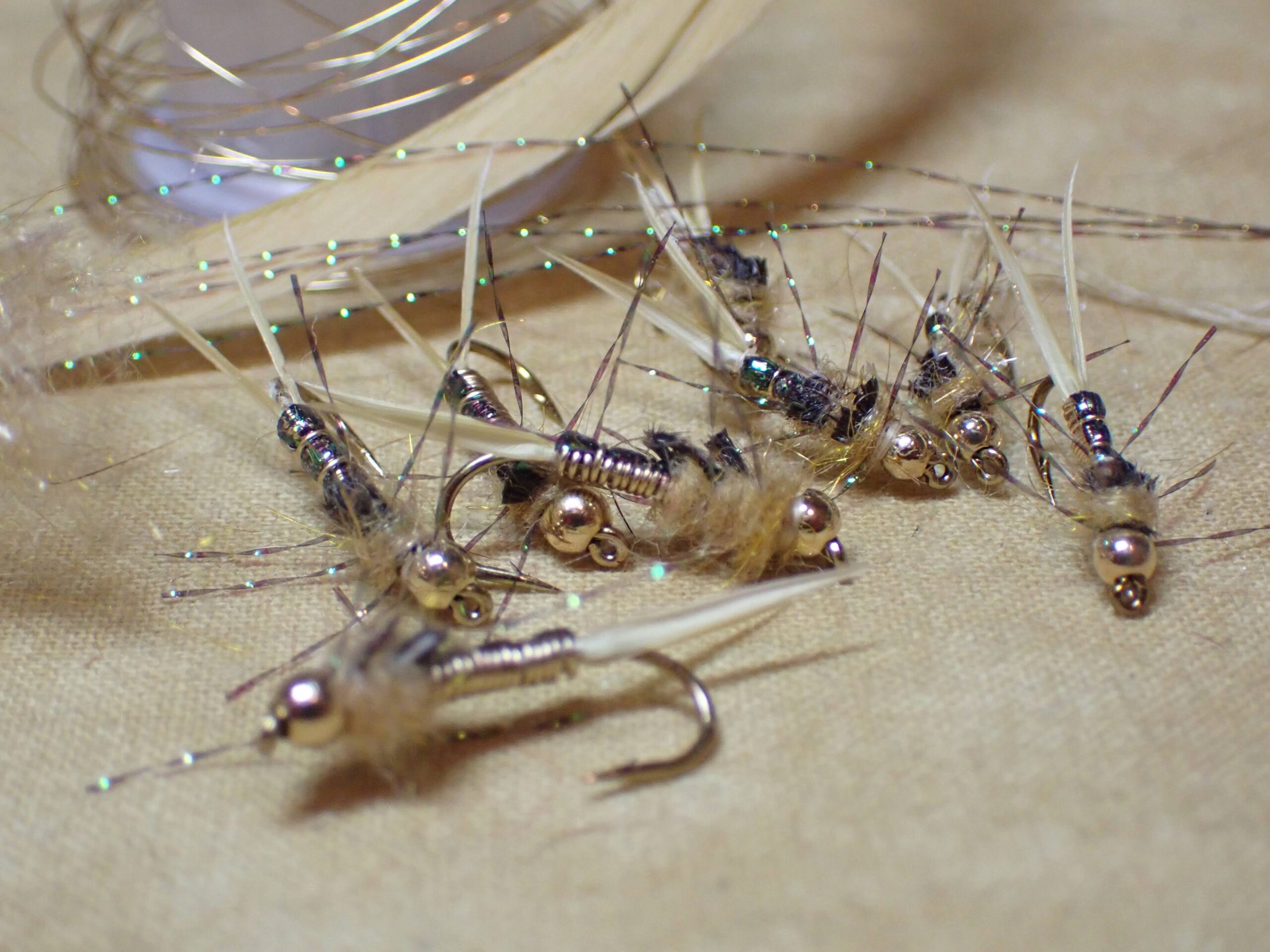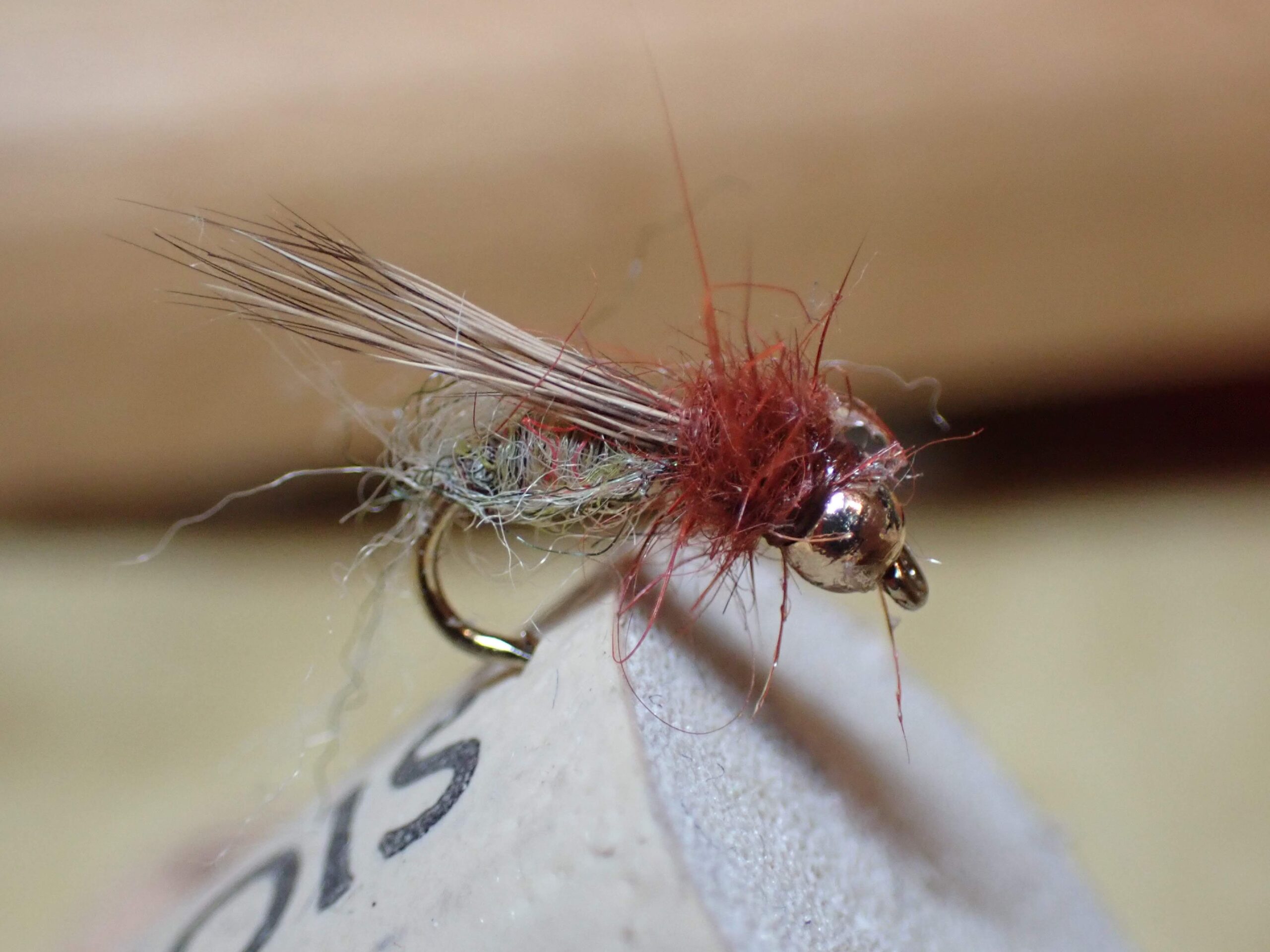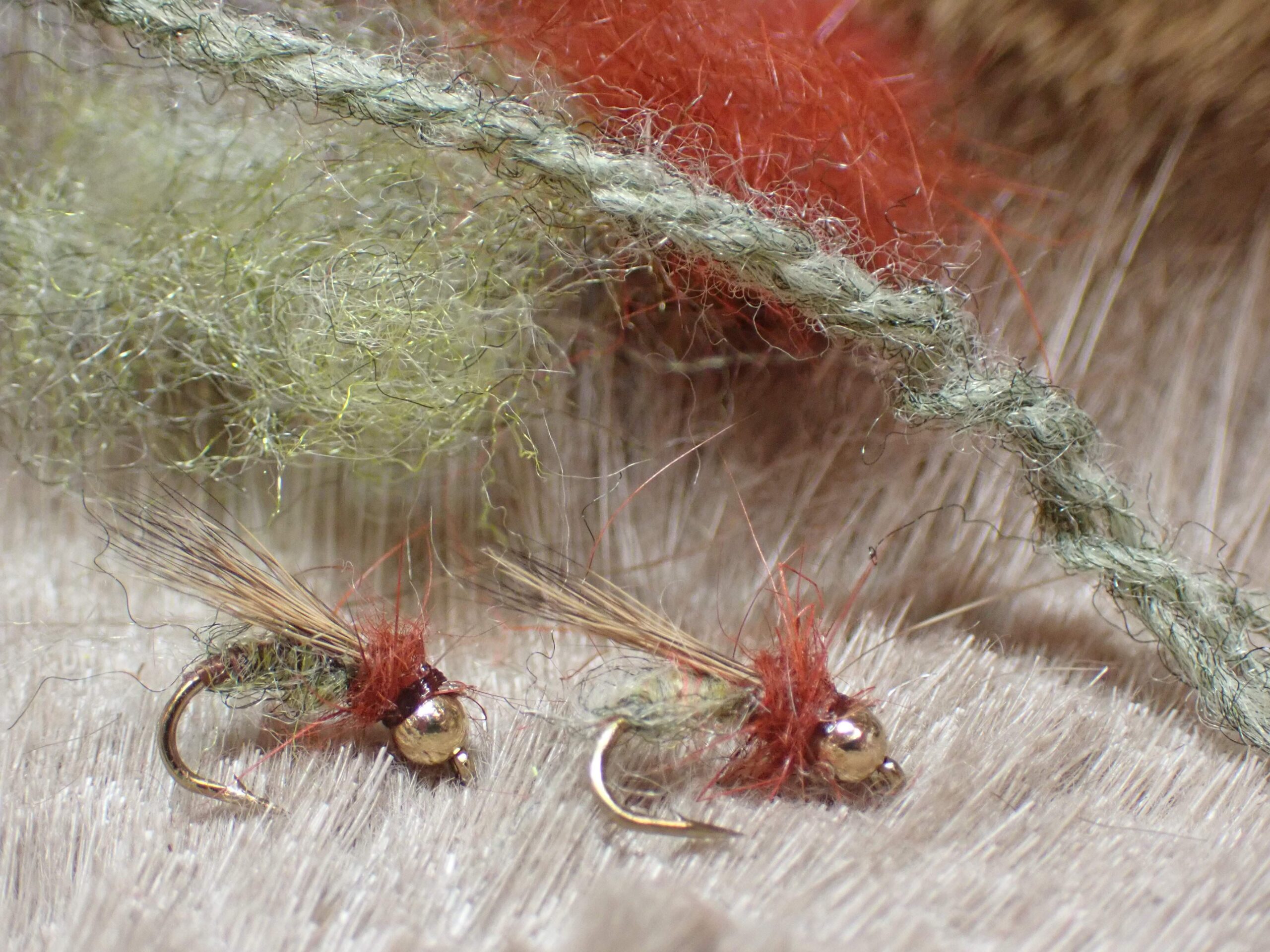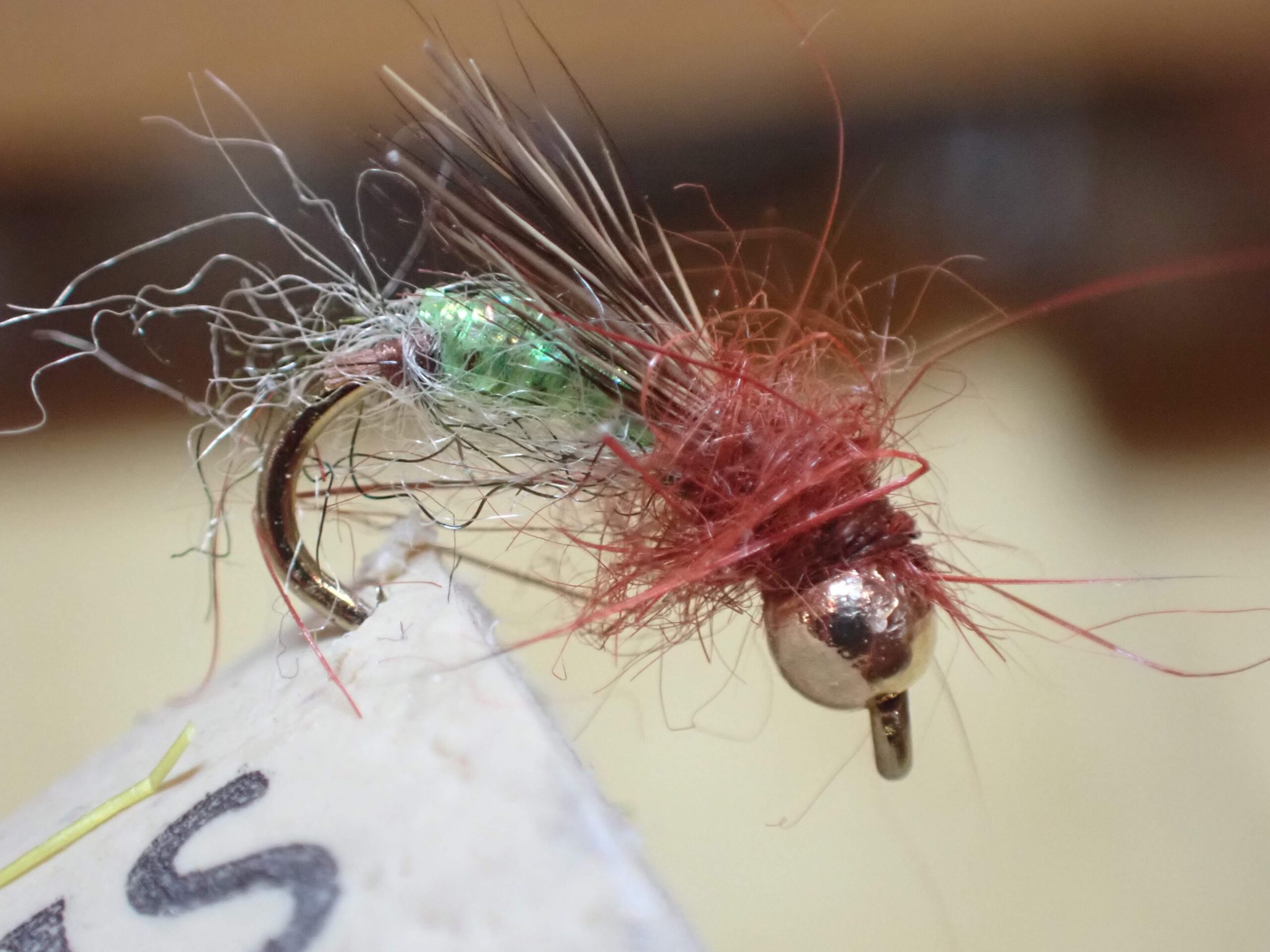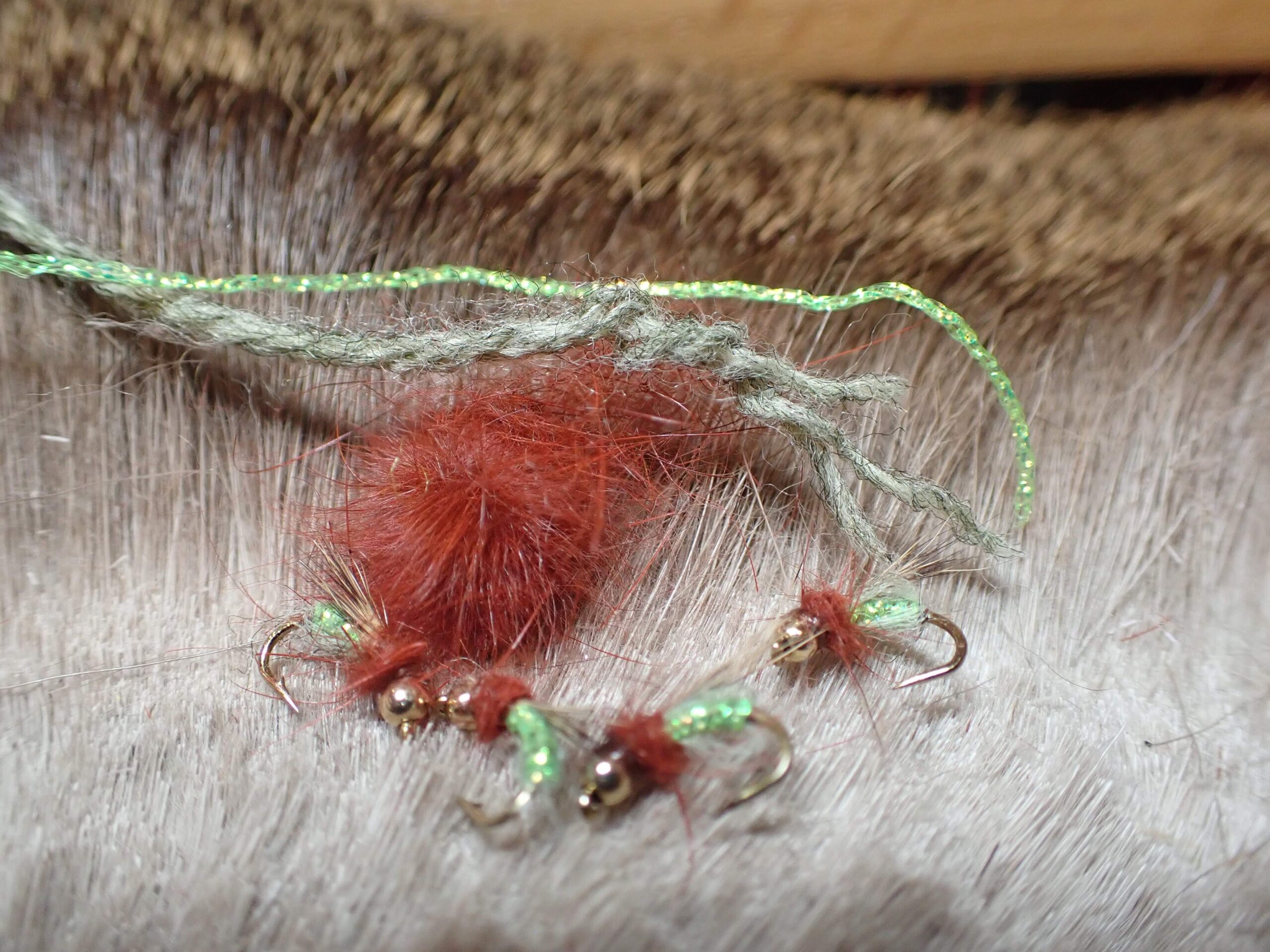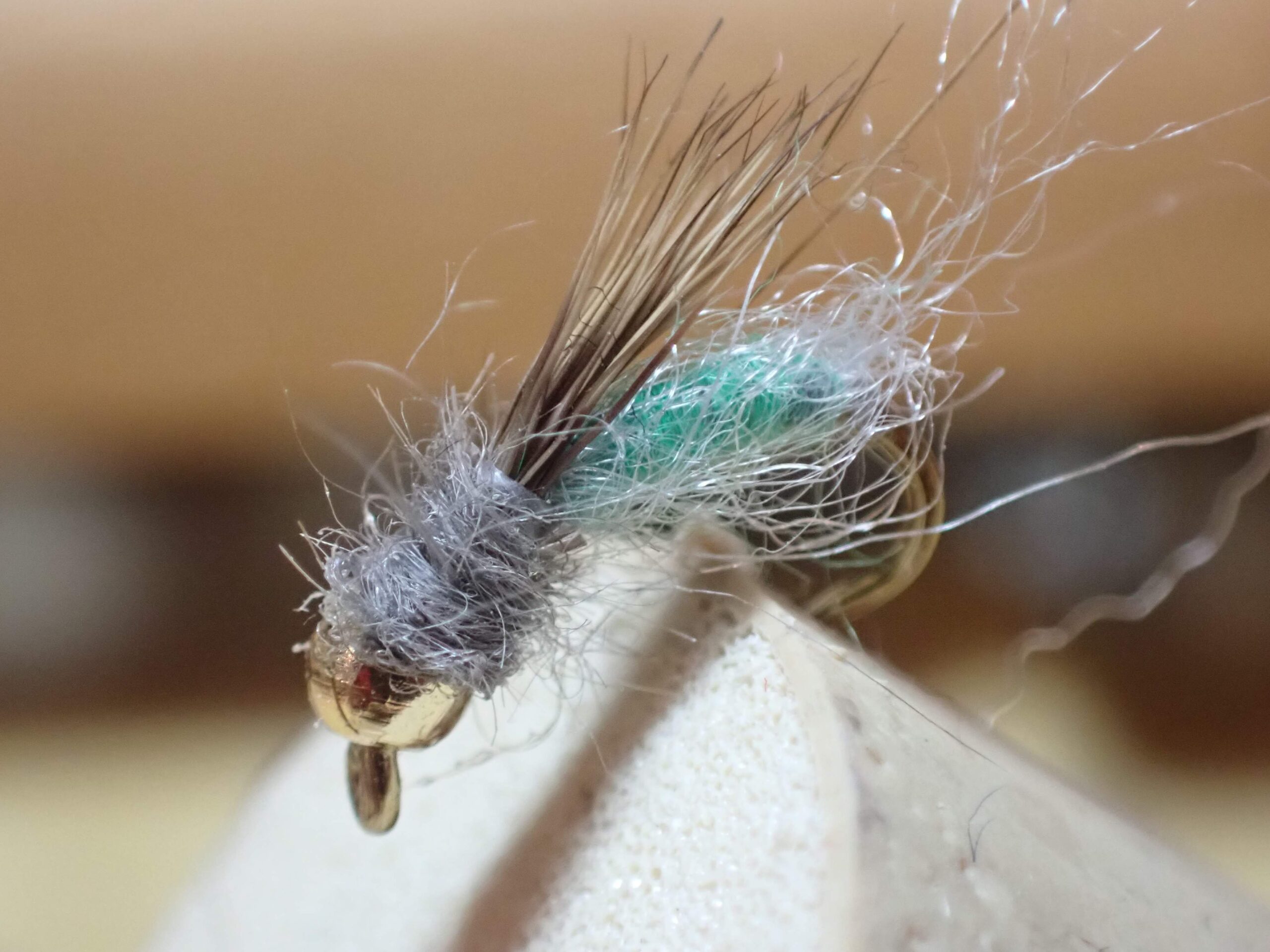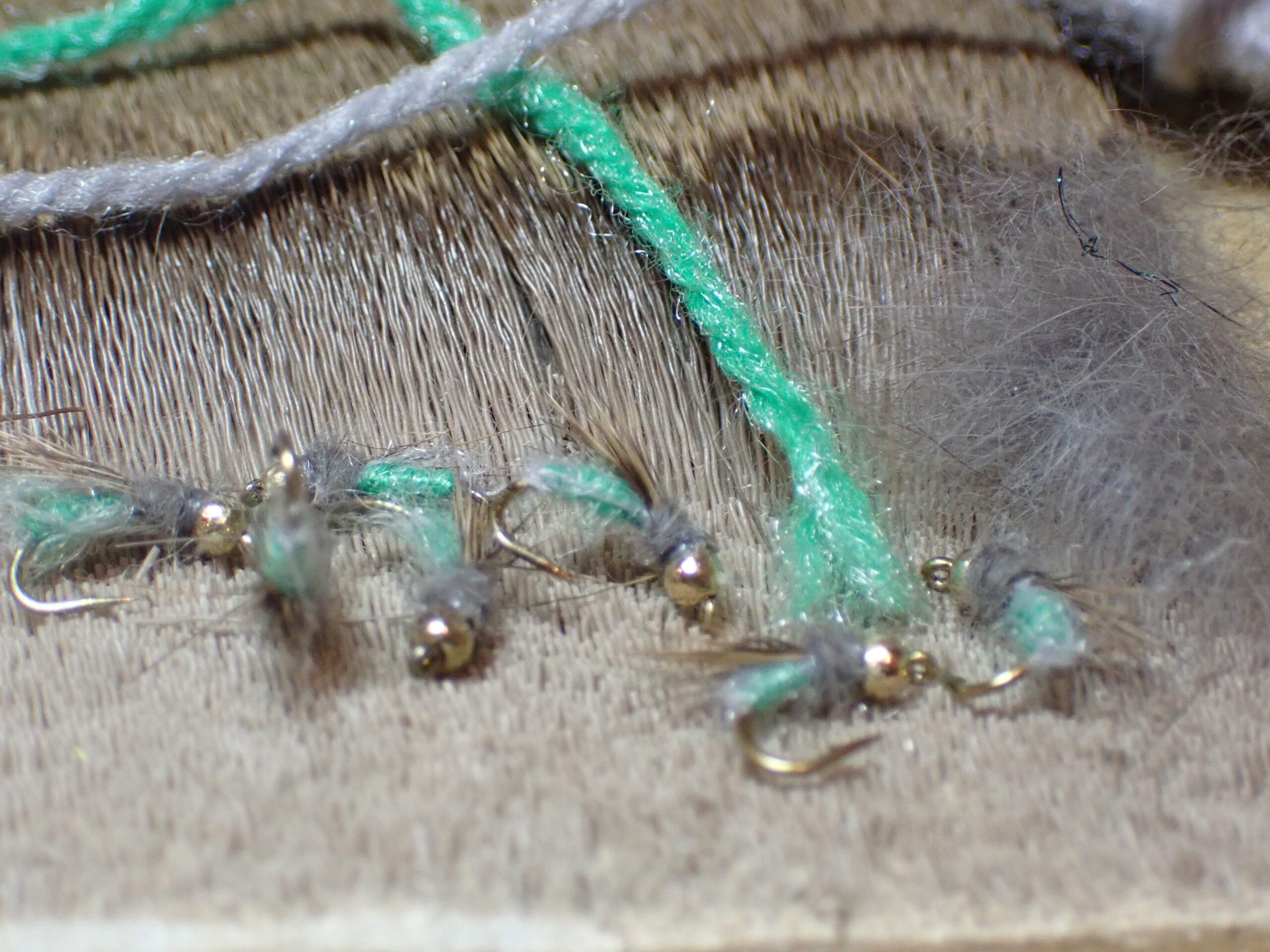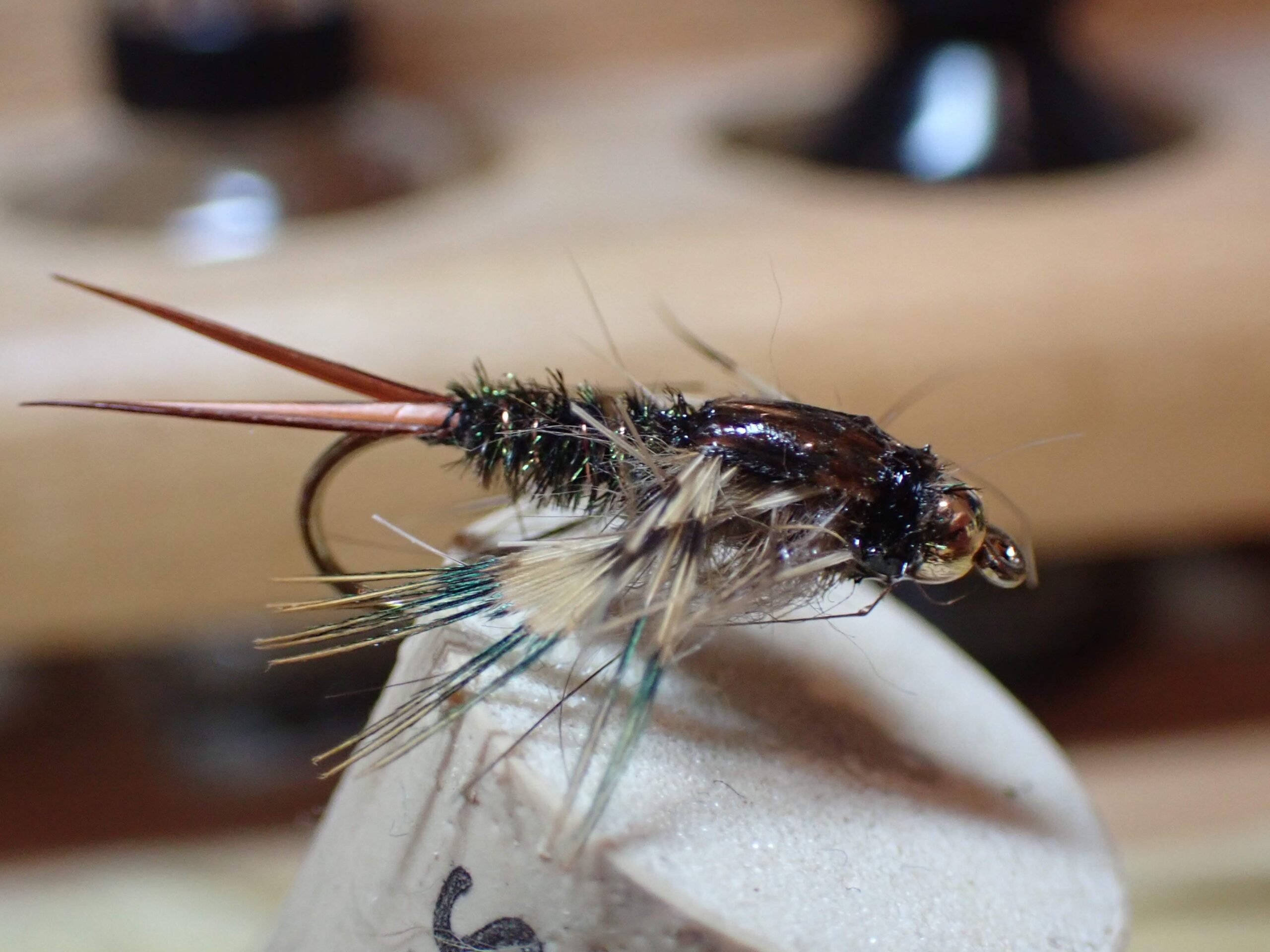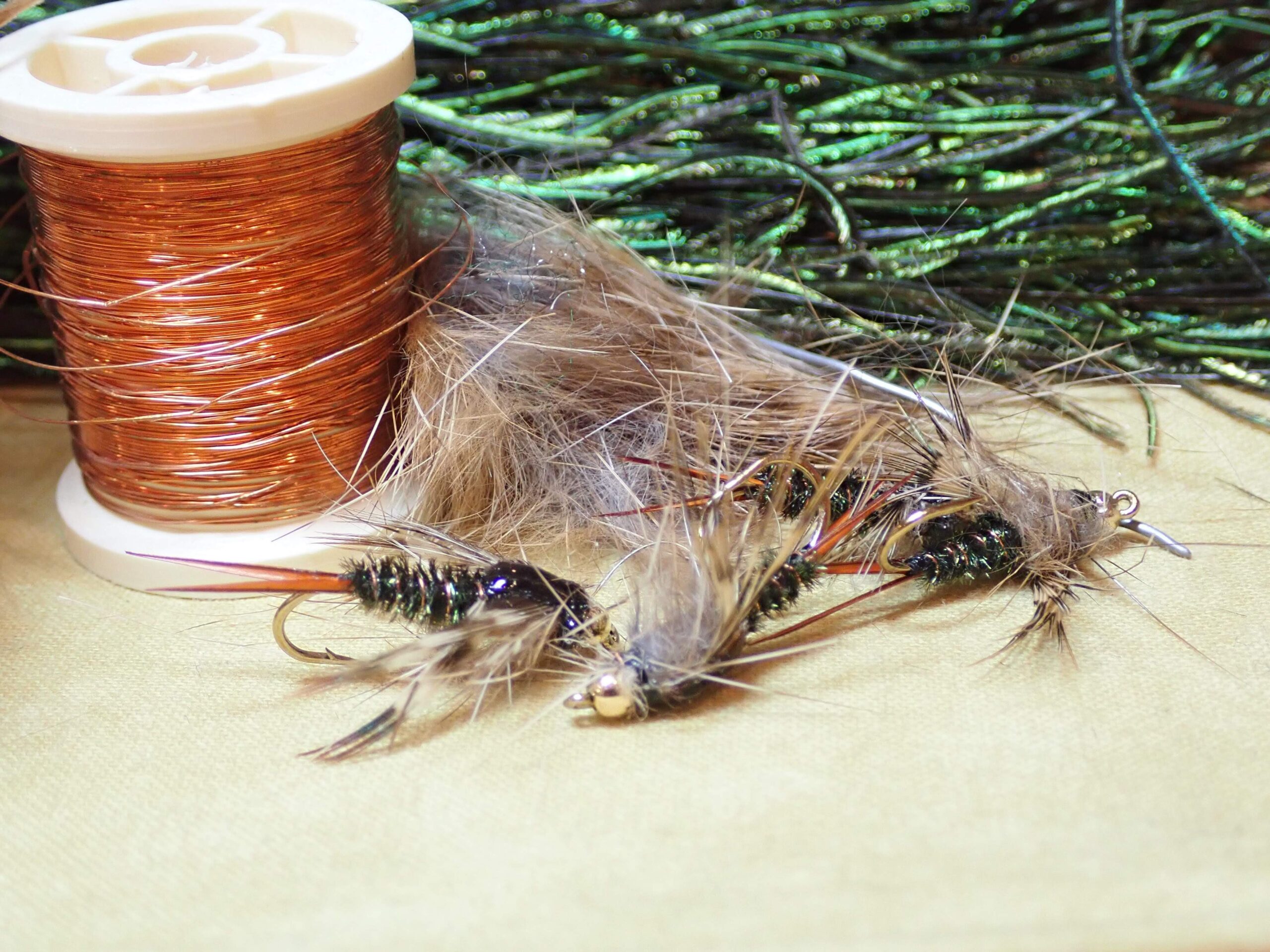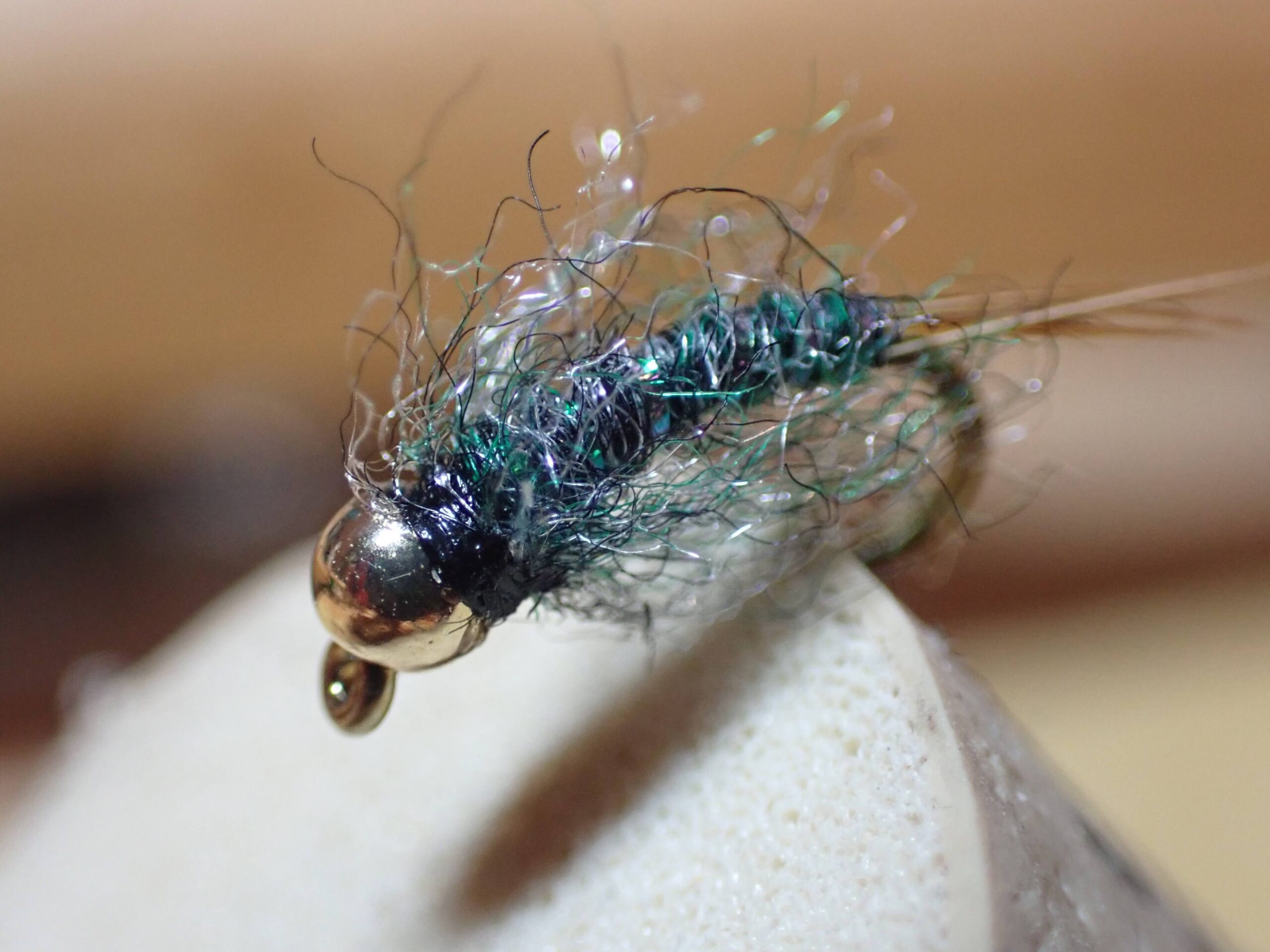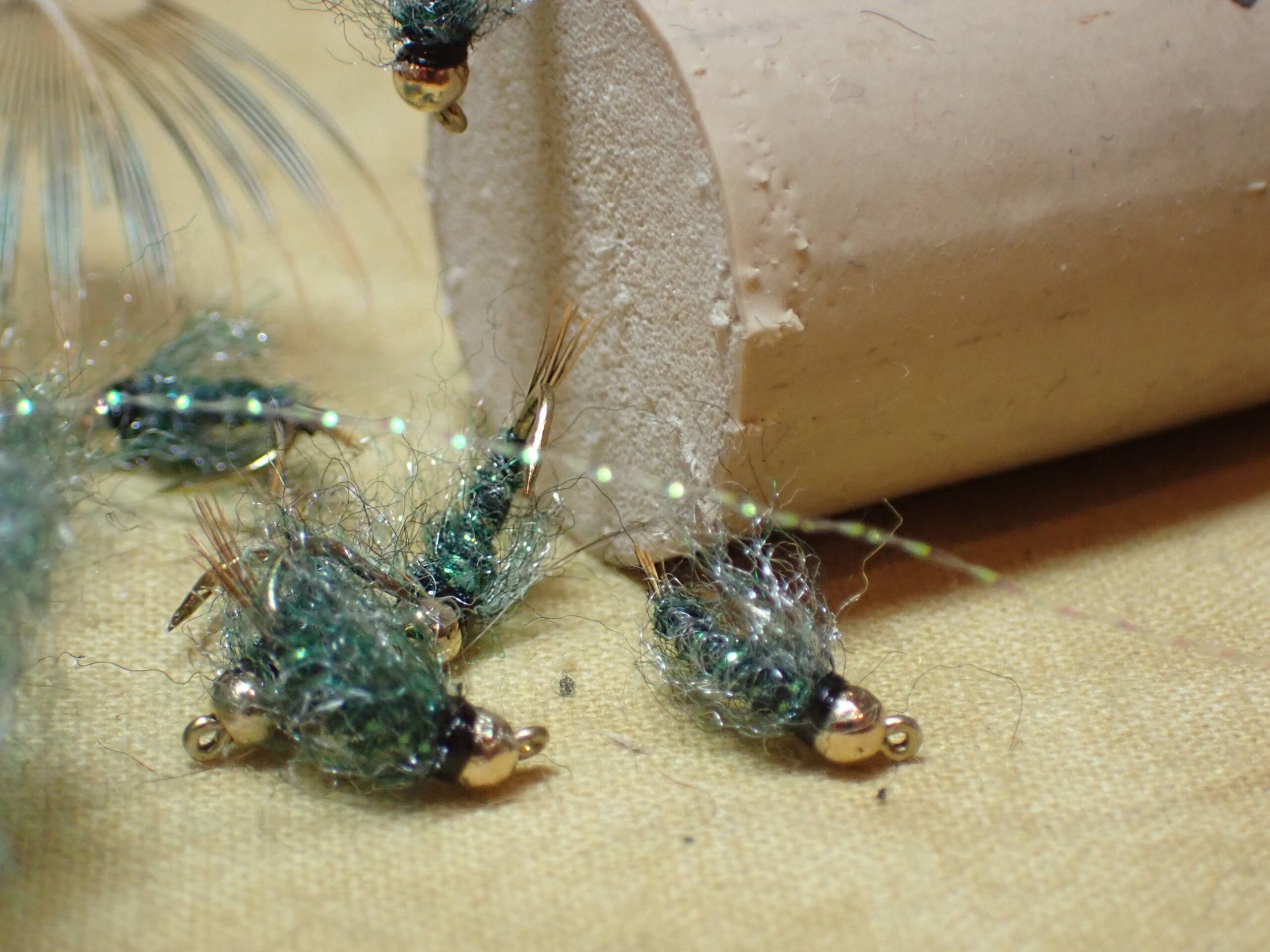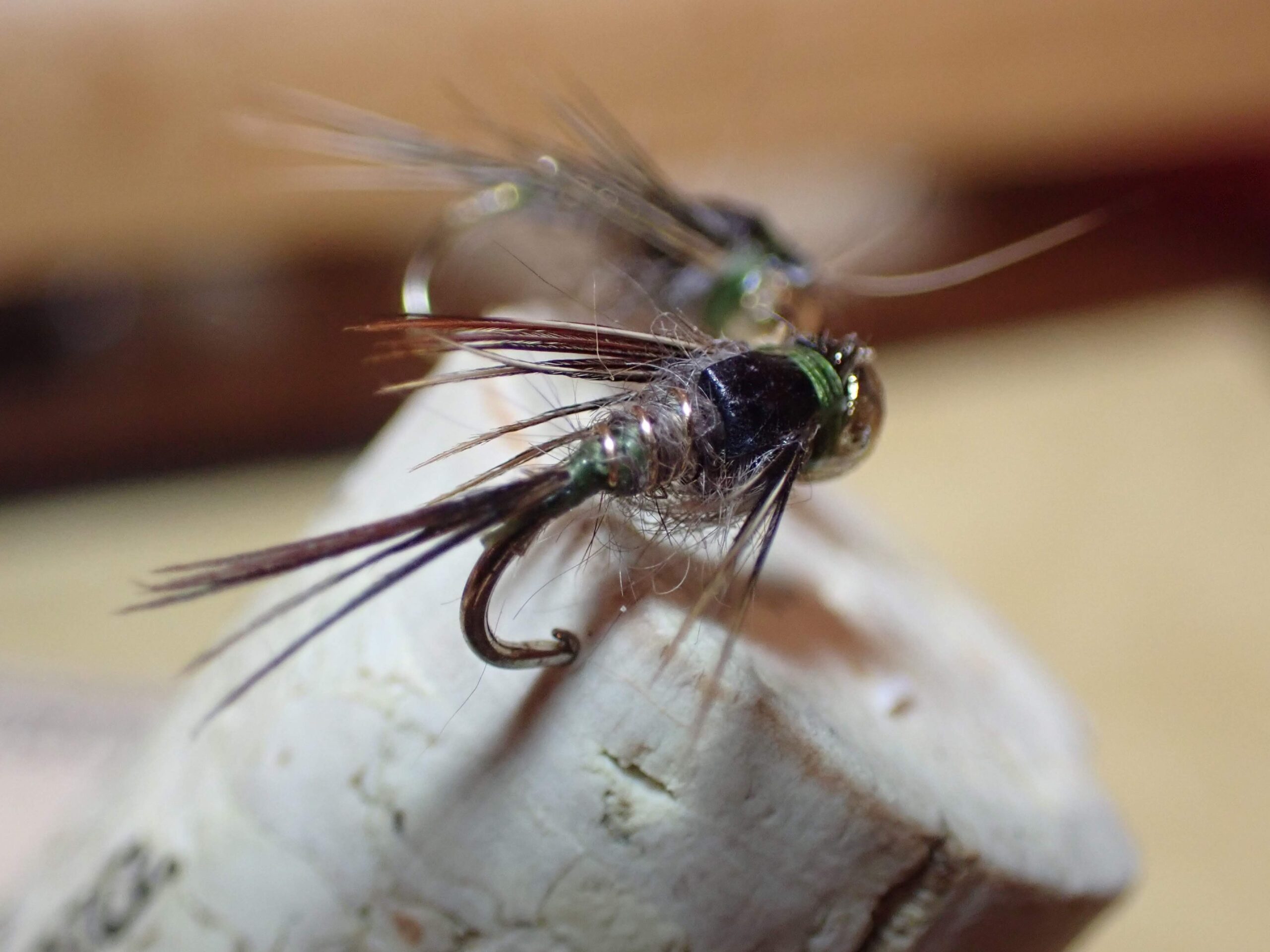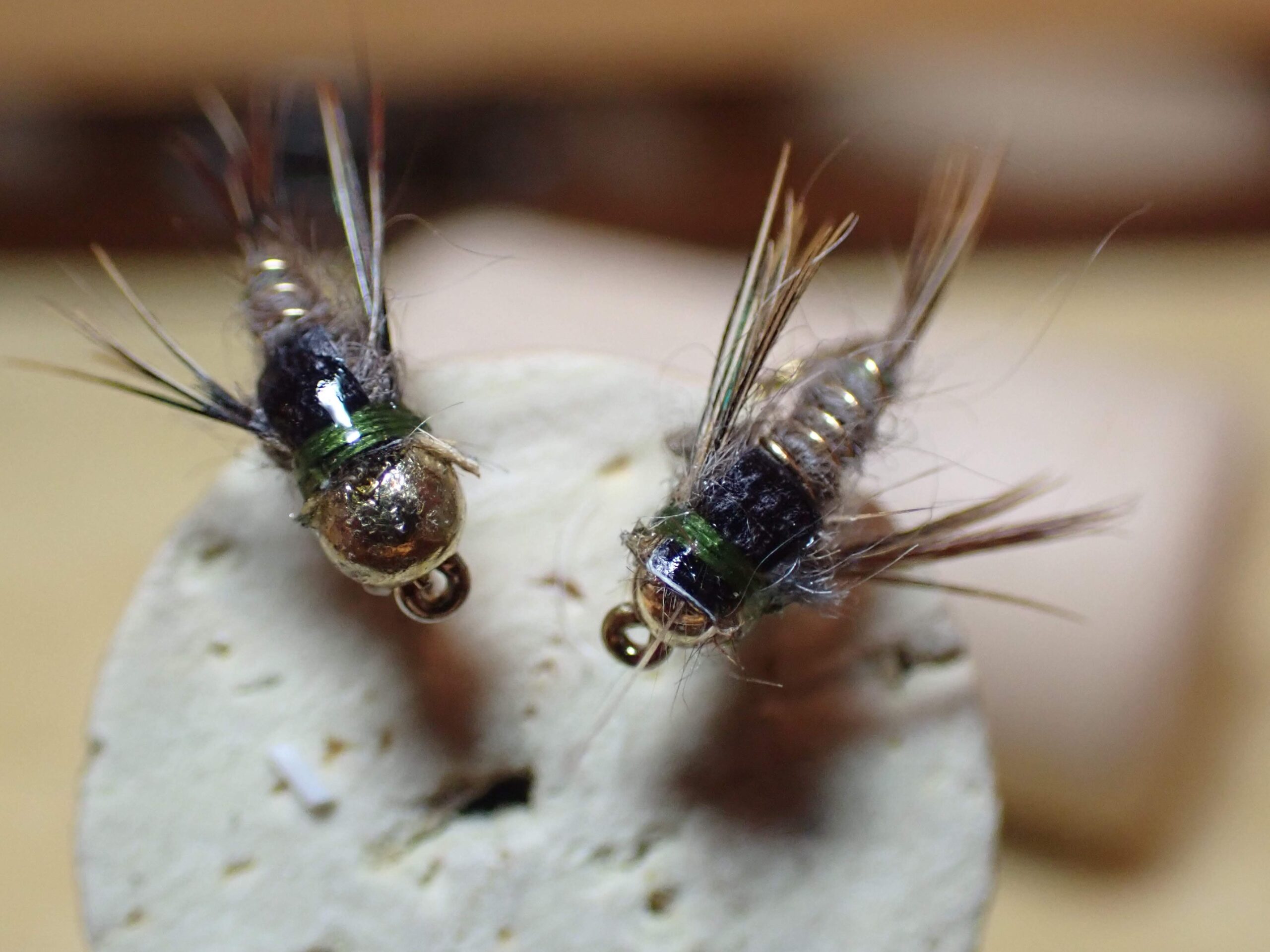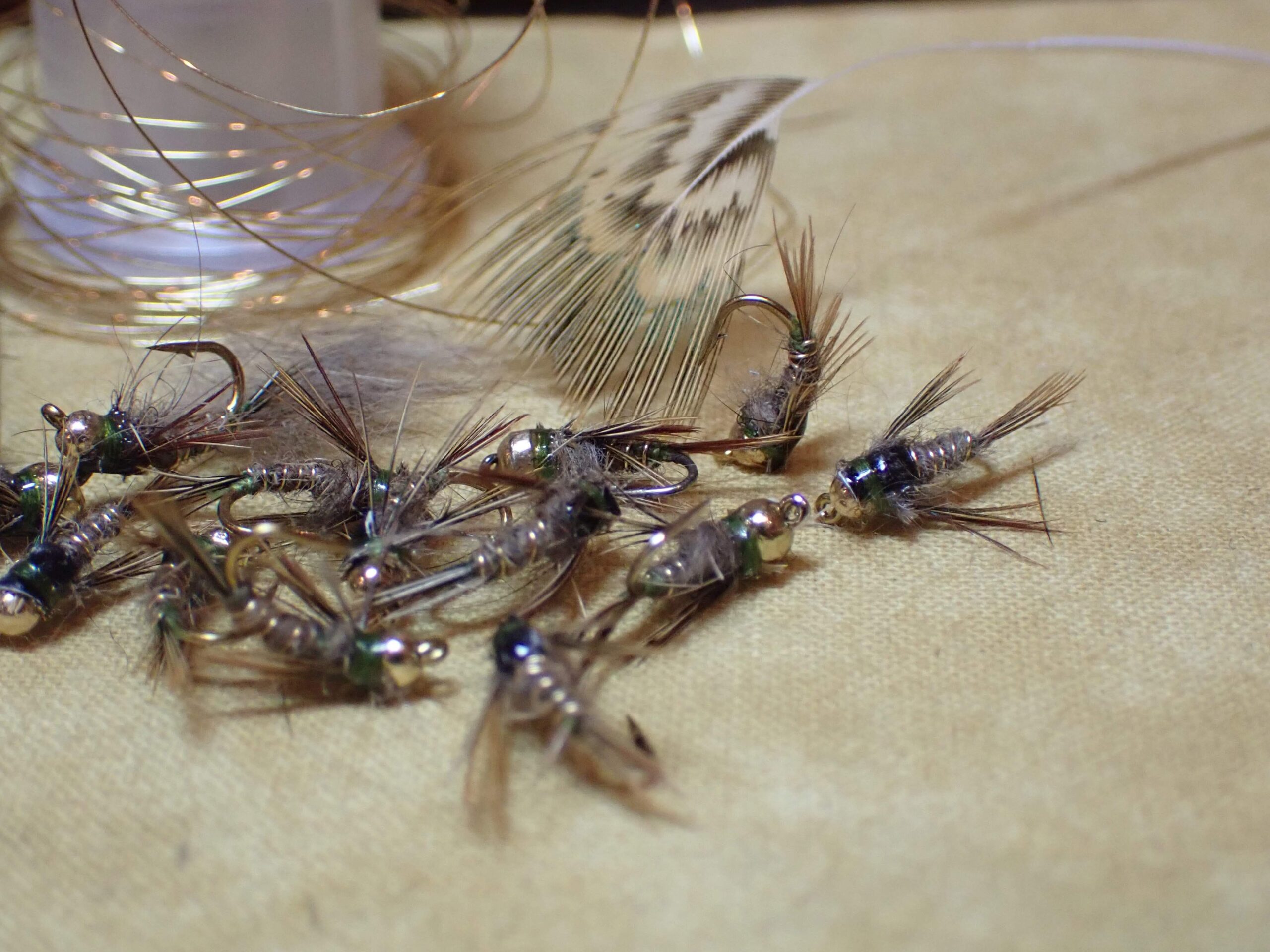Salvation Nymph 11/25/2023 Photo Album
For the last two seasons the salvation nymph has been unequivocally my top producer. Historically it ran neck and neck with the beadhead hares ear nymph, but during 2022 and 2023, the salvation nymph clearly moved to the top of the list. I have written a report on the salvation nymph every year, as I tie a new supply, and these posts contain much information about this outstanding fly. I suggest you start with last year’s post, and that report provides links to other years.
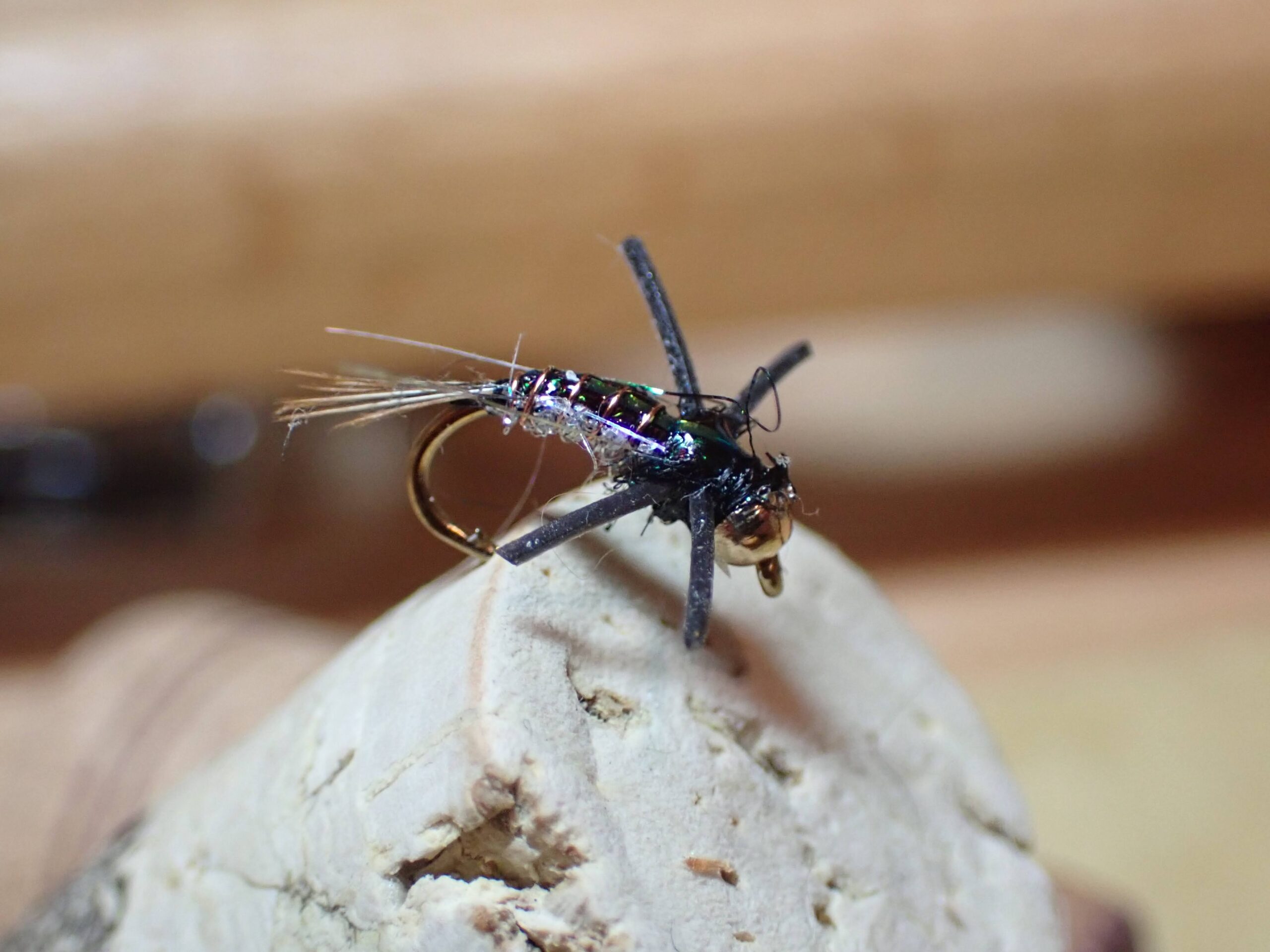
Occasionally someone asks me why they are unable to find this fly, when they perform an online search. If you type tungsten salvation nymph, you will find photos of this fly and online sources to buy them. My version is the same except that I typically use a brass bead rather than the more expensive tungsten. I actually just completed a Google search, and I found a very well done tutorial on tying the tungsten salvation nymph on YouTube by walkyourlinedesigns. I watched it, and it is quite well done. Give it a look, if you are interested in tying a salvation nymph.
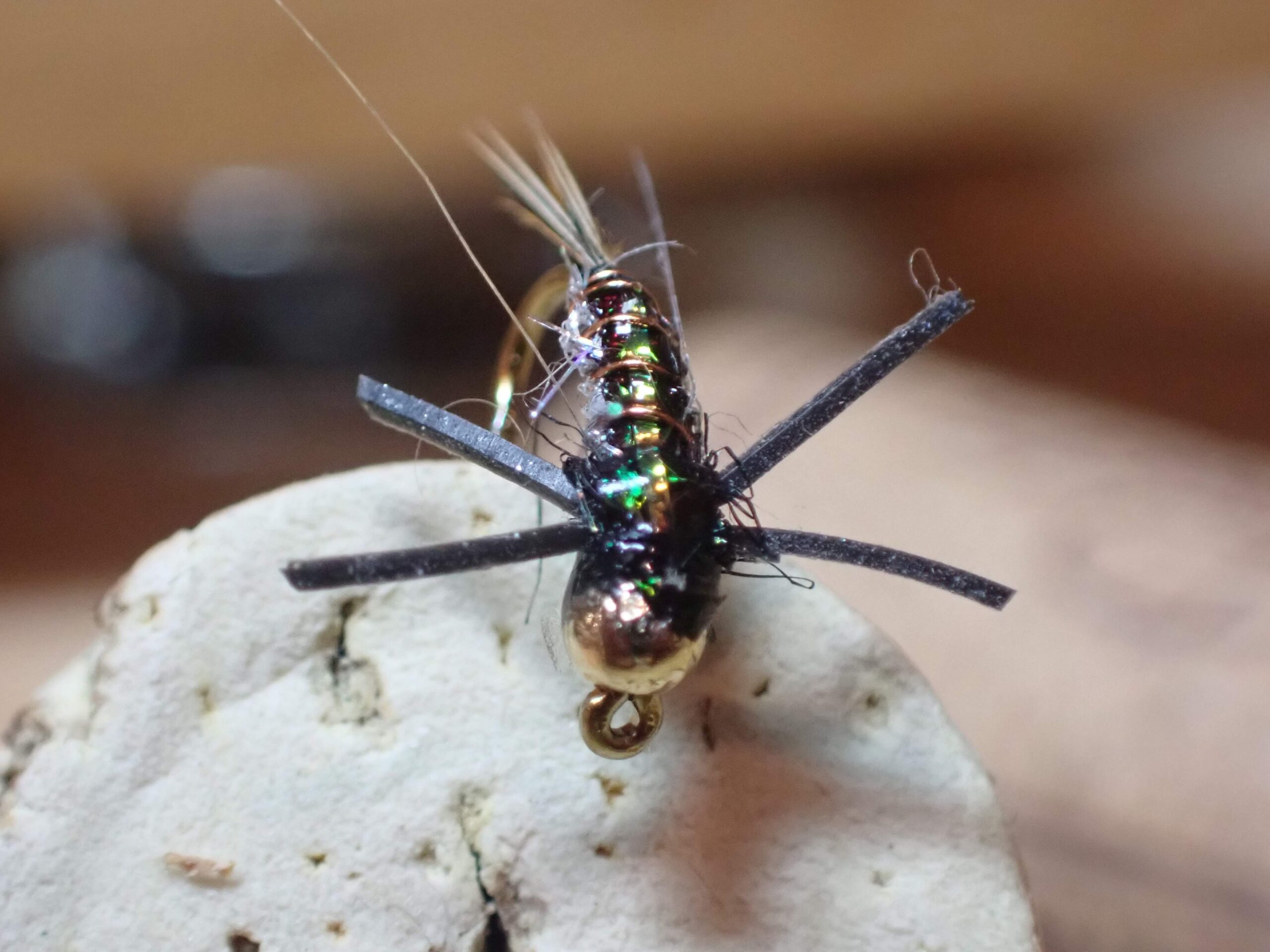
When I counted my supply of this productive fly, I determined that I had 76 remaining in my various storage compartments. I approached the vise and cranked out another 24 to reach 100, and then I added five for a friend. I can say with certainly that this fly will catch a bunch of fish in the coming year.
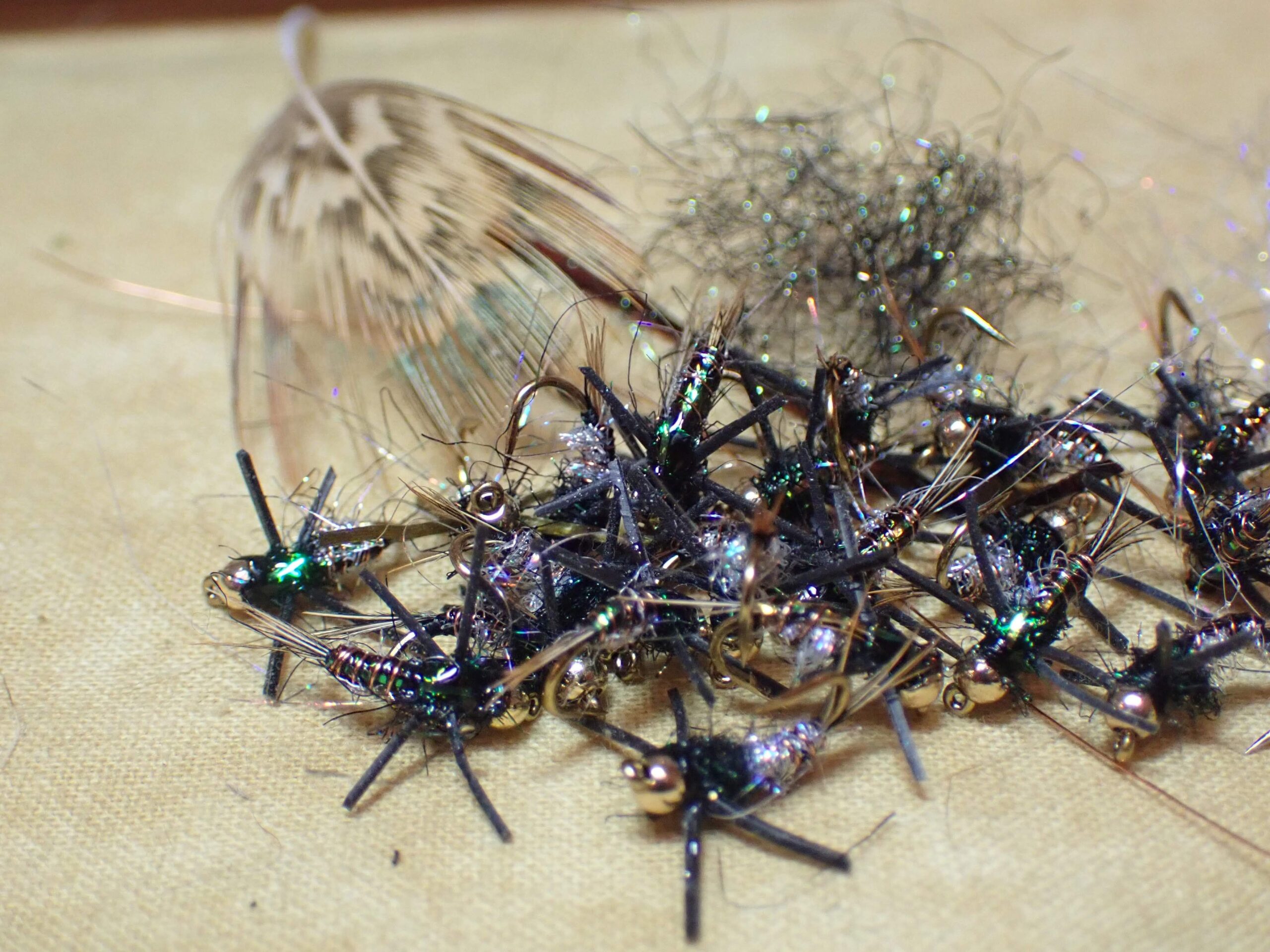
Like this:
Like Loading...

